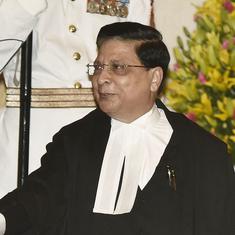If the Hiroshima bombing was barbaric, what can we say about Nagasaki's fate?
It was one of the most horrific acts ever perpetrated by man. Just days after the first ever-use of an atomic bomb ended up killing nearly one lakh people in Hiroshima, America decided to do it again. And, unlike the gun-type uranium bomb in Hiroshima, this time the Americans used plutonium, one of the most dangerous substances known to mankind. More than seven decades later though, one question can still be asked about this momentous decision: why?
America had already spent all summer destroying Japan's cities, having horrifically firebombed more than 65 of them. The US immediately made the world aware it had used a nuclear bomb on Hiroshima, and the Japanese were still assessing just what had hit them. Meanwhile, Russia was preparing to attack Japan as well, a development that would encourage the Japanese to fully surrender.
Yet the US went on to use a second nuclear bomb on Nagasaki, taking the opportunity to experiment with a different kind of material and detonation. If Hiroshima acted as a shot across the bow for America's impending Cold War with Russia, Nagasaki served even more to bolster the US' new reputation as an atomic power. It acted as proof for the world, and especially Russia, that Hiroshima was not a fluke and that America could detonate a plutonium bomb if it wanted to.
In addition, it also managed to kill up to 80,000 people in the process.









